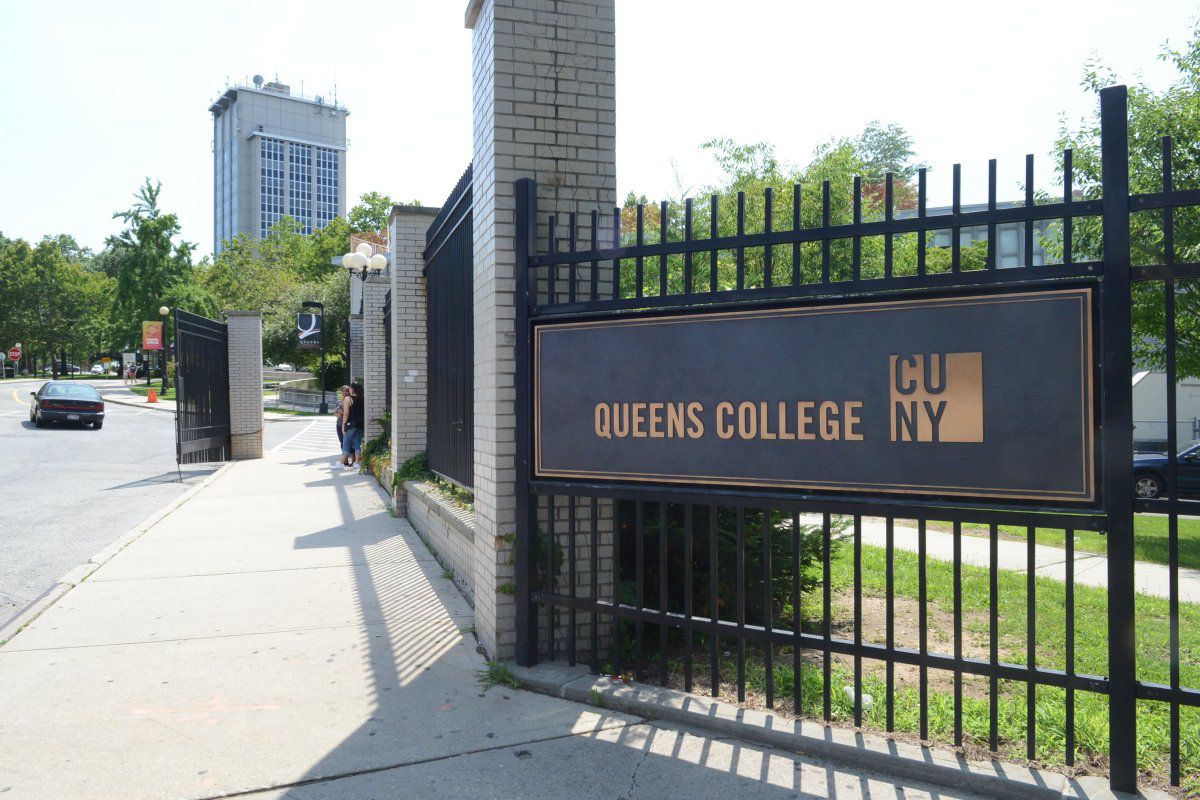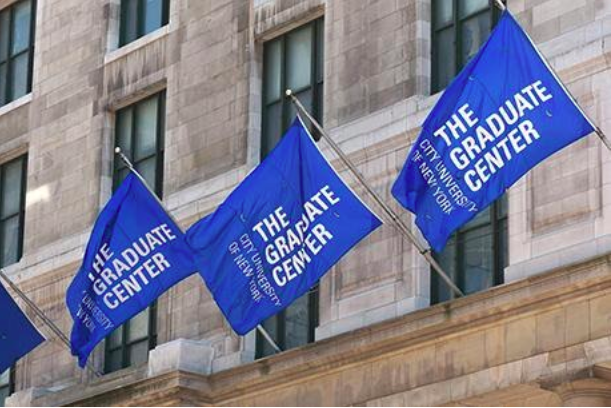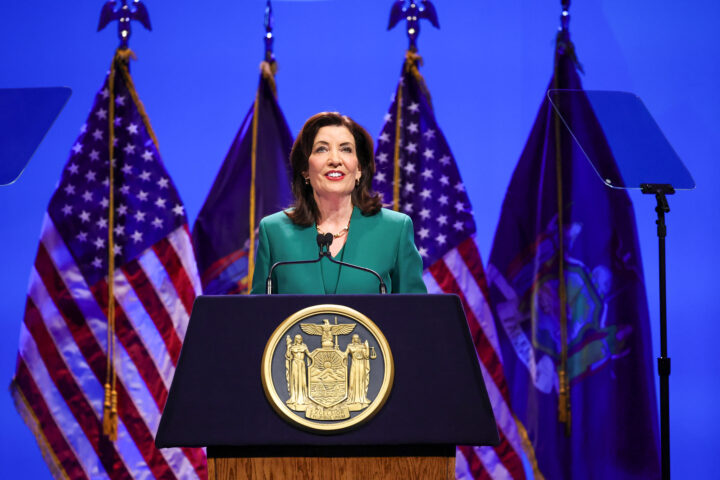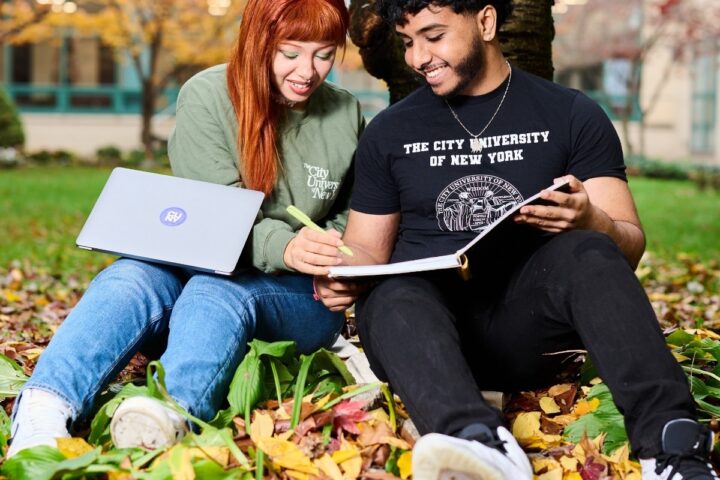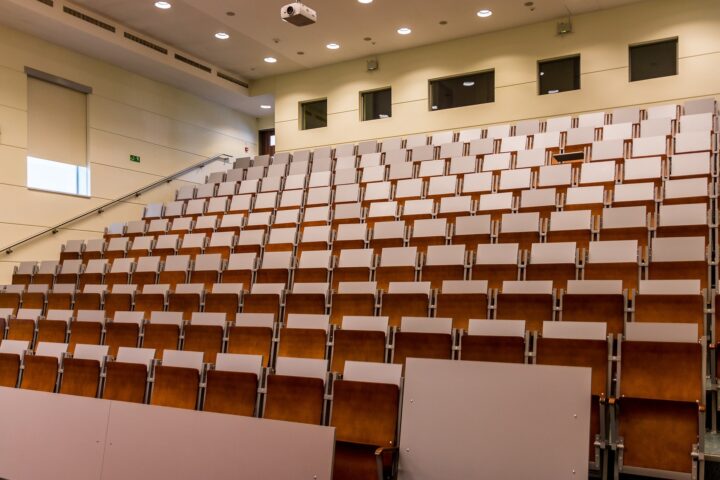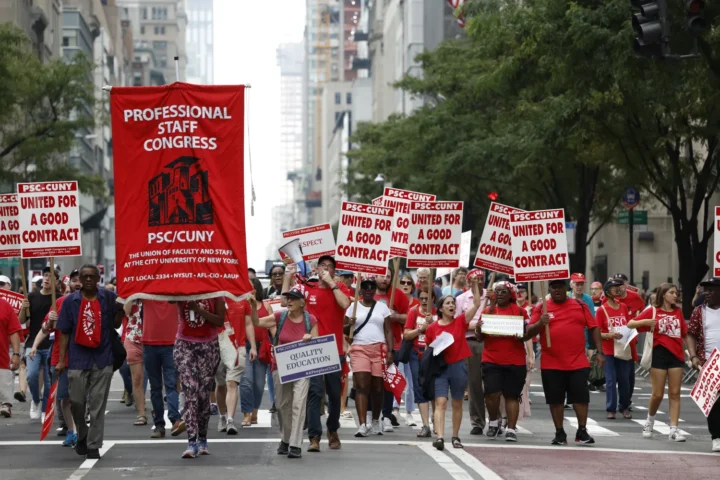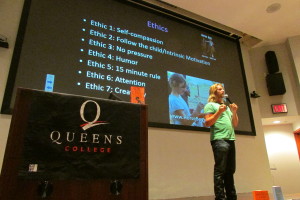
Author Rupert Isaacson spoke on Oct. 23 about a healing method with children diagnosed with autism .
The Committee for Disabled Students presented “Autism and Healing with Rupert Isaacson” on October 29 in Rosenthal Library.
The presentation served as a means to discuss the healing effects horses have on families with autism.
Rupert Isaacson, the author of “The Horse Boy,” discussed the challenges he faced when his son Rowan was diagnosed with autism at age two. Initially, the doctors introduced Rowan’s autism as catastrophic, which was soon reinforced by his susceptibility to tantrums and non-verbal communication. It was not until his relationship with his son progressed had Isaacson realized this sort of thinking is very misleading.
“The [reaction of most parents to the initial diagnosis of autism] is trauma and bewilderment, and then that tends to last about 24 months. Once they’re through that, the ones who are curious by nature will begin to find out more about autism and it goes into sort of a quest finding period and then that lasts about 2 years. Then they make friends with autism.” Isaacson said, “Autism is not the end of the world at all, it is actually a good thing.”
Isaacson was a horse trainer in Texas, but it was not until his son went on a horse for the first time that his tantrums calmed down and he began to speak. His stress behavior reduced and he learned to communicate through movements and exploration.
After pulling Rowan out of school to work with him individually at home, Isaacson soon began to see the drastic effects that working with horses had on his son.
In his documentary and book, Isaacson describes his trip to Mongolia, where he sought to find a place that combined the healing effects of nature and horses. From this he developed the Horse Boy Foundation, a non-profit organization emphasizing the healing effects of not only horses, but nature and a supportive community.
The method he designed combined a six-stage process: Being outdoors, no distractions from sensory triggers such as artificial light or loud noises, riding the horse with a companion, playing games, academics and finally learning self-advocacy.
To execute the method properly, a person must combine self-compassion, following the child’s movements, allowing the child to feel unpressured, use humor, giving the child adequate time to finish the task, not demand their attention and being creative.
“Rowan is now fully verbal and he has his own web-based television series. He continues to amaze me. He’s still autistic, I don’t think I would say that he’s recovered at all. The autism is very much his personality and he’s very functional with his autism,” Isaacson said.
The program began in 2007 and currently has five full-time workers, five part-time and the volunteer base.
He further explained this method could be applied without actually having access to a horse. As long as you reproduce the method using play equipment and nature, reenacting horse riding, and following the certain ethics he described, the effect on the child will be just as efficient. It is not only about working with the autistic child, but the whole family, especially the siblings who don’t get as much attention from the parents.
“What I would like is for ‘Horse Boy Learning’, our home-school program, to be such an easily accessibly thing … and we’re working on that through universities and other organizations,” Isaacson said.
Isaacson ended his presentation by asking the audience what their dreams were and stating that working with autistic children will send them in the right direction because they are dream whisperers.
“Lucky us to get to work with the dream whisperers. They are the champs. We have a front seat on the evolution of our species, egoless people.” Isaacson said. “How about that for a future of humanity?”








